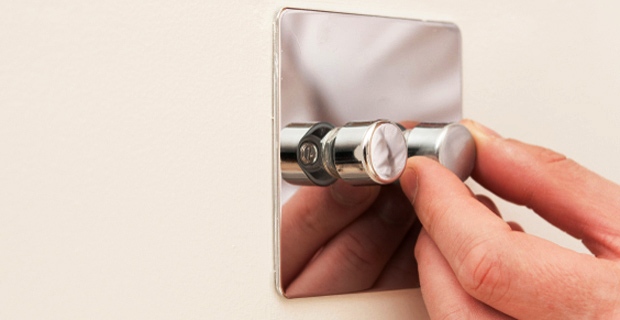Why LED Lights Require A Low Load Dimmer Switch
Posted by Richard Clarke on 6th Mar 2012

LEDs offer all kinds of advantages over conventional incandescent and fluorescent light bulbs – they use 90% less electricity, last 20 times longer than halogen lights, and are much better for the environment.
But to get the most out of dimmable LEDs in particular, you’ll almost certainly need an LED compatible dimmer switch.
Dimming a halogen bulb is a relatively simple affair – the dimmer restricts the amount of voltage reaching the filament, causing it to dim. The problem here is that LEDs don’t use filament, so this method won’t work.
We already mentioned how LEDs use up to 90% less energy than incandescent bulbs, and this is great for saving you money. But it also means that they probably won’t work with standard dimmer switches too.
This is because most ordinary dimmers are designed to work with a minimum load of at least 40W. This is fine for a conventional 50W halogen bulb, but doesn’t really work with LEDs.
Let’s do the maths behind it. If you have an LED bulb that consumes 4W of power, you would need at least 10 of them to be able to use an ordinary dimmer switch. Any less and you could have problems.
The solution is simple – upgrade to an LED compatible dimmer switch. This is also known as a low load trailing edge dimmer switch. Our wide range have all been tried and tested with our dimmable LED bulbs.
You should be aware though, that unlike halogen bulbs, LEDs can only dim down to about 30% brightness.
You can read more about the science behind trailing edge dimmers.
If you have any more questions about dimming your LED bulbs, you can speak to a member of our team on 0116 321 4120, or by emailing cs@wled.co.uk.





